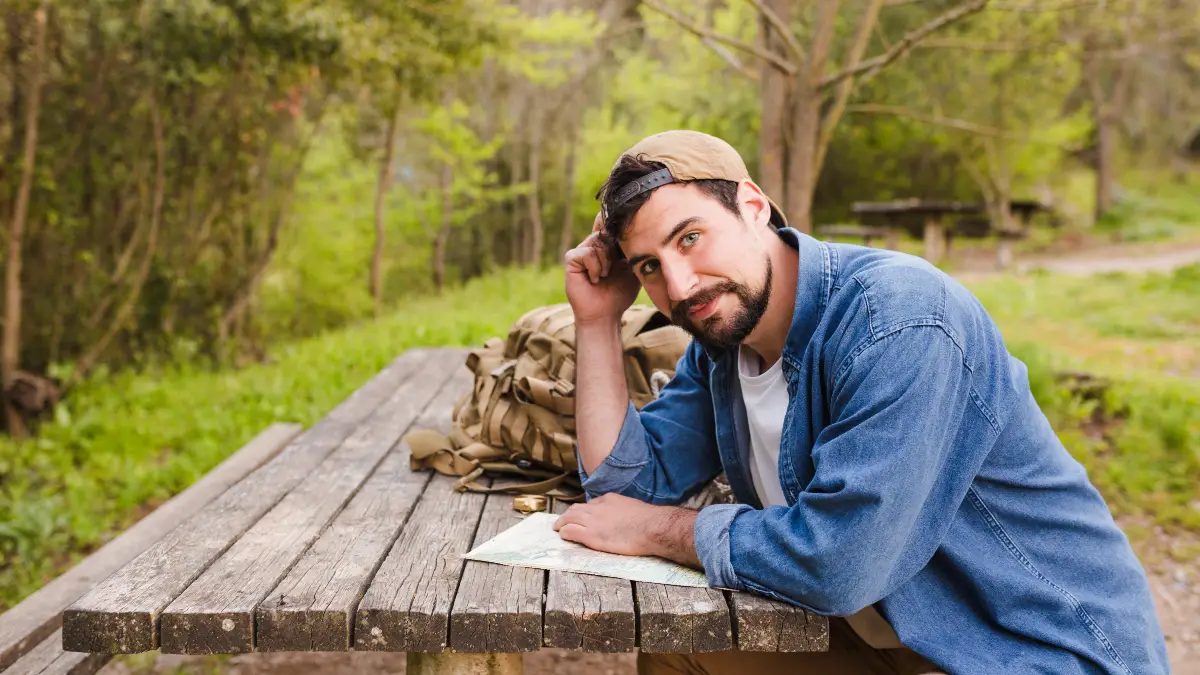You wake up to sirens. The power’s out. Your phone’s dead. The emergency you never thought would happen is here, and you don’t know what to do.
With disasters hitting every four days in 2024 and 137 million Americans affected, feeling helpless isn’t paranoia—it’s realistic. But here’s what changes everything: survival isn’t about being tough or outdoorsy. It’s about knowing seven specific skills that anyone can learn.
These aren’t Hollywood stunts. They’re proven techniques from military training, wilderness experts, and real survivors who lived through Hurricane Helene. Each skill builds on the others, transforming you from helpless victim to capable survivor.
1. Master Fire-Making in Any Condition
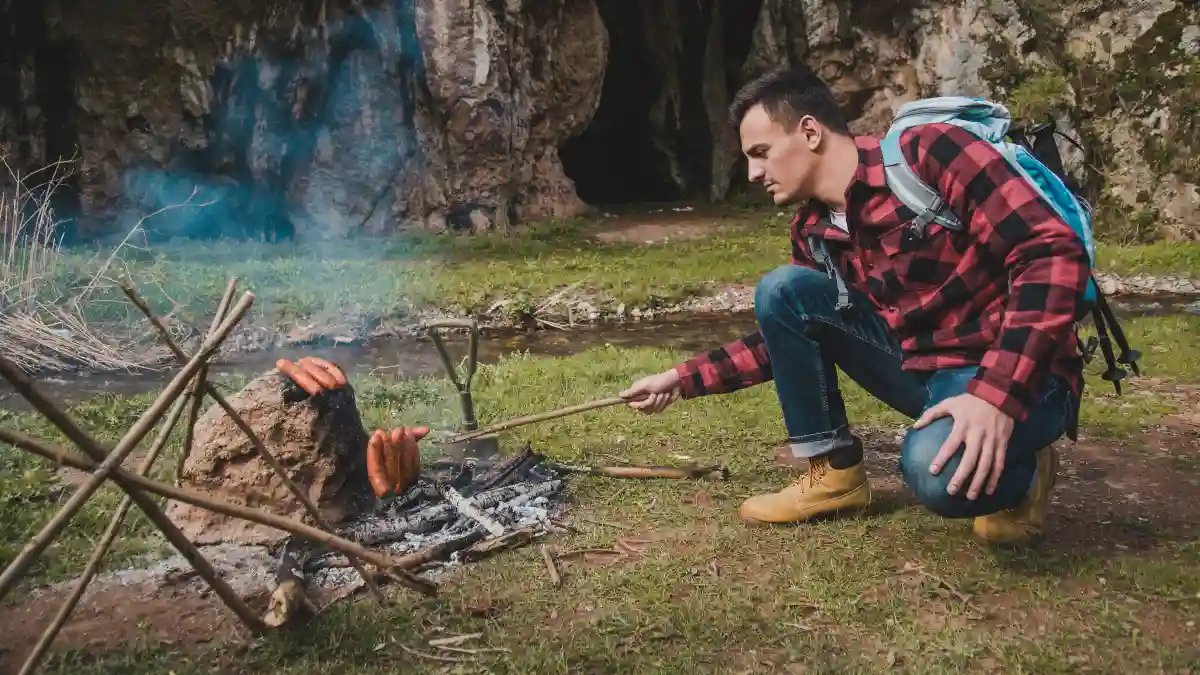
You’re shivering, soaked, and darkness is falling. Your matches are wet. This is when fire-making becomes life or death. Fire sits at the top of Dave Canterbury’s “5 Cs of Survivability” because you can’t make combustion devices from scratch in the wilderness.
Once your lighter fails or matches run out, you need real skills. That’s why Canterbury calls fire the #1 survival priority after immediate shelter needs. Fire solves five survival problems at once.
It purifies water, cooks food, signals rescue teams, prevents hypothermia, and gives you what Bear Grylls calls “a sense of safety and protection, which can provide an overlooked psychological boost.” That mental edge matters when you’re fighting panic.
Master these three fire-making methods before you need them:
First, ferro rod technique. This magnesium rod throws 3,000-degree sparks even when soaking wet. Scrape shavings into a small pile, then strike hard sparks into them. Practice until you can start fires in rain, snow, and wind.
Your life might depend on this skill working when nothing else will. Second, friction fire using the bow drill method. Yes, it’s hard. That’s the point. Cut a spindle and fireboard from dry wood.
Create a notch, add tinder, and spin the spindle with a bow until ember forms. This ancient technique works anywhere you find wood. No tools required except knowledge.
Third, chemical fires using potassium permanganate and glycerin. Mix these common items (found in first aid kits and antifreeze) for instant flame. Steel wool and batteries work too.
Know multiple chemical combinations because hardware stores might be your only resource in urban disasters. Try the one match challenge to build real skill. Start a sustainable fire using only one match in different conditions—wet wood, wind, cold.
This forces you to prepare properly with tinder bundles, kindling stages, and wind protection. Most people fail because they rush. Take time to build your fire lay correctly.
Hurricane Helene survivors used fire to boil contaminated water when treatment plants failed. They couldn’t wait for rescue. They needed clean water immediately.
Those who knew fire-making skills survived. Those who didn’t got sick from waterborne diseases. The biggest fire-making mistake that kills people? Not practicing in harsh conditions. Anyone can start fires on sunny days with dry wood.
But when you’re hypothermic with numb fingers in freezing rain, that’s when these emergency fire starting techniques save lives. Practice when it’s miserable outside. Your future self will thank you.
2. Build Life-Saving Shelters Fast
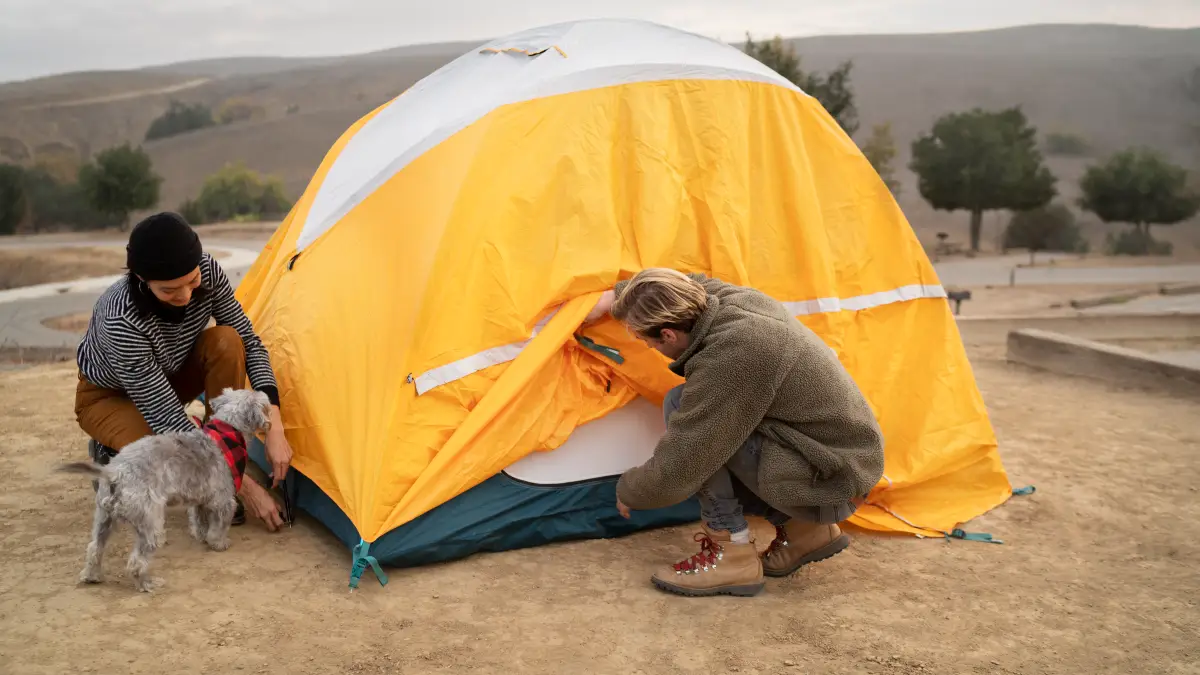
You have three hours. That’s how long you can survive in harsh weather without shelter before hypothermia starts shutting down your body. This 3-hour rule explains why Bear Grylls says shelter has unparalleled value—even above food or water.
Your body loses heat 25 times faster when wet. Wind doubles that heat loss. Without emergency shelter building skills, cold kills you before thirst even becomes a problem. Hurricane Helene proved this truth.
Survivors who found stable shelter within the first hours had 90% higher survival rates than those who didn’t. Three triplets survived by climbing onto kitchen counters when floodwaters rushed in. They understood one thing: get off the ground and out of water immediately.
Learn these three survival shelter construction types for different environments:
The debris hut works in forests. Think of it as a sleeping bag made from sticks and leaves. Build an A-frame with a strong ridgepole. Layer sticks at steep angles (45 degrees minimum) to shed rain.
Pack debris two feet thick—your arm should disappear when you test thickness. This design traps dead air for insulation, keeping you warm through body heat alone. For open areas, build a lean-to.
Find a fallen tree or place a ridgepole between two trees. Layer branches at an angle, creating a sloped roof. Cover with bark, leaves, or pine boughs. Face the opening away from wind.
Add a reflector wall of logs behind your fire to bounce heat into your shelter. Simple but effective. Snow caves save lives in winter. Dig into a hillside or deep snowbank.
Keep the entrance lower than your sleeping area—cold air sinks. Poke a ventilation hole through the roof with a stick. Smooth the ceiling to prevent drips.
Your body heat warms this insulated space to just above freezing, even when it’s minus 20 outside. Site selection prevents fatal mistakes. Stay out of valleys where cold air pools.
Avoid ridgelines where wind exposure kills. Never build near dead trees that could fall. Check for flash flood zones, especially in canyons. Look up for widow-makers—dead branches waiting to drop.
Pick spots near materials but away from hazards. Urban disaster shelter techniques differ completely. Find intact rooms in damaged buildings. Use furniture to create protected spaces.
Plastic sheeting becomes walls and roofs. Cardboard provides insulation. Newspapers stuffed in clothes trap warmth. Even a car offers better protection than open exposure.
The worst shelter mistake? Building too big. Smaller spaces warm faster with body heat. You’re building a survival cocoon, not a house. Focus on waterproofing and insulation over comfort.
3. Find and Purify Water Anywhere
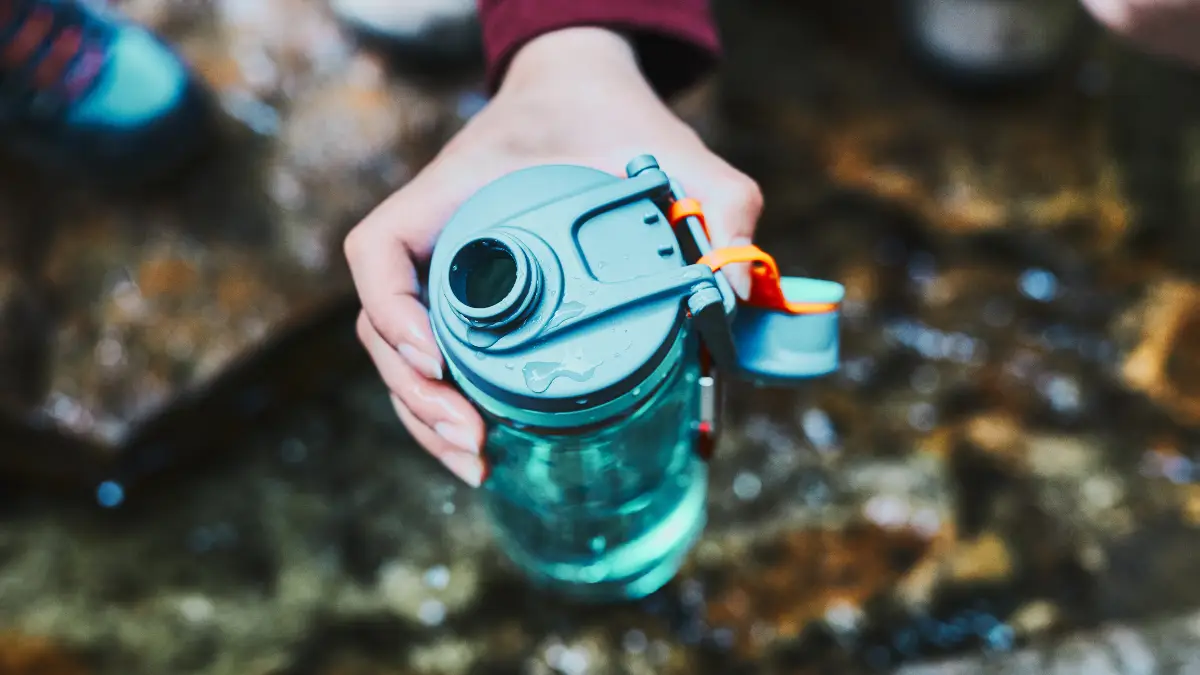
Your mouth feels like sandpaper. Your head pounds. You’ve got 72 hours before dehydration kills you—less in heat, more if you’re lucky.
You must drink water and know where it is because you’re dead without it. The American Red Cross confirms you can survive just three days without water, maybe a week without food. Water comes first, always.
65% of disaster survivors said finding clean water was their biggest challenge. City water systems fail. Stores empty in hours. Bottled water disappears first. You need skills to find and purify water when the taps stop flowing.
Finding water requires different strategies for urban and wild environments:
In cities, look for hot water heaters (40-80 gallons), toilet tanks (not bowls), swimming pools, and rain collection points. Carry a sillcock key to access commercial building water spigots.
Ice machines, vending machines, and pipes in basements hold hidden water reserves. Wilderness water appears in predictable places. Follow game trails—they lead to water.
Check valley bottoms where water naturally flows. Look for green vegetation lines indicating underground streams. Morning dew collected with cloth yields cups of pure water. Tree wells and rock depressions catch rainwater.
Master these four emergency water purification methods without equipment:
Boiling remains the gold standard. Rolling boil for one minute kills everything dangerous (three minutes above 6,500 feet elevation). No thermometer needed—big bubbles mean safe water. This method needs only fire and a container.
Solar disinfection (SODIS) uses UV rays. Fill clear plastic bottles, shake to oxygenate, then leave in direct sun for six hours (two days if cloudy). UV radiation destroys pathogens. This works worldwide with just plastic bottles and sunshine.
Sand/charcoal filtration removes particles and some contaminants. Layer sand, crushed charcoal, gravel, and cloth in a container with holes. Pour water through repeatedly. Not perfect, but far better than nothing when combined with boiling.
Distillation produces the purest water. Boil contaminated water, capture steam with plastic or cloth, let it condense into clean container. Removes salt, chemicals, and all biological threats. Slow but foolproof.
The Sawyer Squeeze changed survival water treatment. This 3-ounce filter removes 99.99% of bacteria and protozoa through 0.1-micron filtration.
It weighs nothing, works instantly, and processes 100,000 gallons. Every expert carries one because technology beats primitive methods when available.
Odd colors, chemical smells, dead animals nearby, or foam indicate contamination. Never drink from sources below industrial areas, farms, or population centers without purification.
Clear doesn’t mean clean—most waterborne pathogens are invisible.
4. Navigate Without Technology
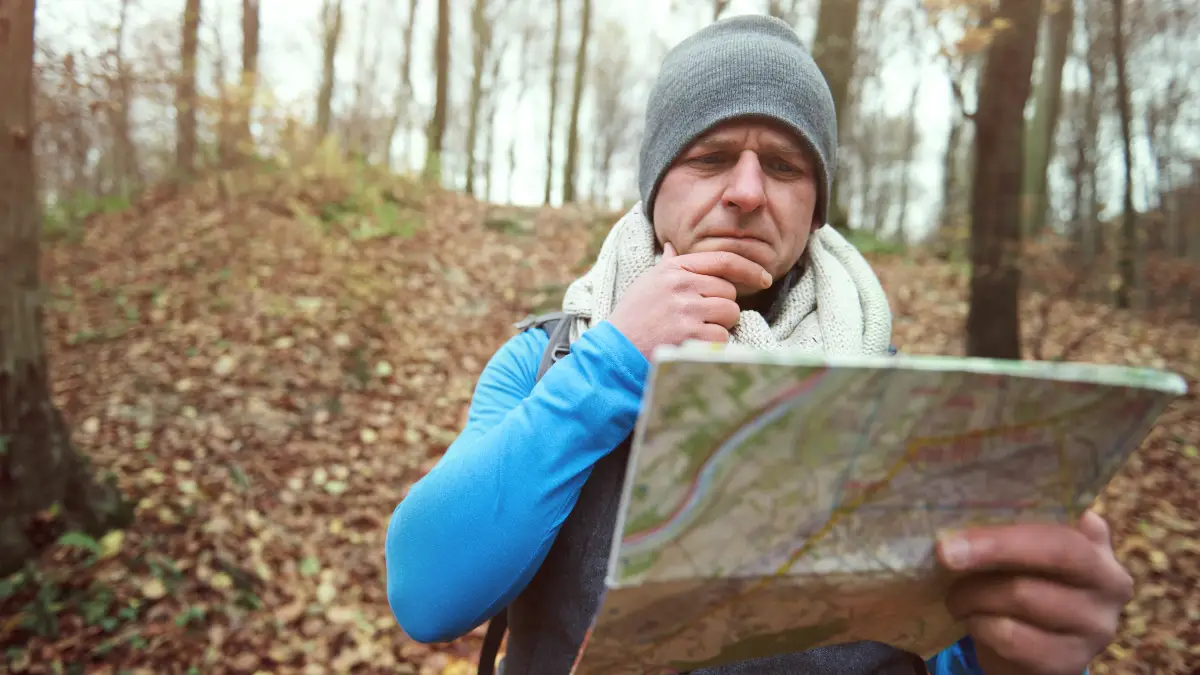
Your phone’s dead. The GPS failed. You’re lost, and panic’s creeping in. Now what?
The American Red Cross calls navigation without technology one of the most essential survival skills because it enables self-rescue when devices fail. Military SERE training makes navigation a core competency for good reason—73% of wilderness emergencies involve people who got lost.
The solution isn’t better technology. It’s knowing survival navigation techniques that work when batteries die.
Start with compass and map basics that phones made us forget:
A compass points to magnetic north, not true north. Learn your area’s declination (the difference between them) and adjust accordingly. Orient your map using terrain features, not just the compass.
Match what you see—ridges, valleys, peaks—to map contours. This “terrain association” beats compass navigation in most situations because you navigate by what’s actually there, not abstract directions.
Your map and compass work together. Take a bearing to your destination. Pick visible landmarks along that bearing. Walk to each landmark, then take another bearing. This “point-to-point” navigation keeps you on track even in dense forest or fog.
Natural navigation uses permanent features that never need batteries:
The sun rises east and sets west—roughly. At noon, shadows point north (in the Northern Hemisphere). Put a straight stick in the ground, mark the shadow tip, wait 15 minutes, mark again.
The line between marks runs east-west. Simple but effective for general direction. Stars don’t lie. Find the Big Dipper. Draw a line through the two stars forming the cup’s far edge.
Follow that line five times the distance between those stars. You’ve found Polaris, the North Star, which sits almost directly north. It doesn’t move while other stars rotate around it.
Trees and plants show direction too. Moss grows on the moist side of trees (not always north). Snow lingers on north-facing slopes. Flowers face south for maximum sun. Spider webs appear on the south side of trees where morning dew dries fastest.
Build an improvised compass when you have nothing:
Magnetize a needle by stroking it with silk or hair (creates static charge). Float it on a leaf in still water. The needle aligns north-south. Or hang a piece of steel wire (paper clip works) on thread.
It slowly aligns with Earth’s magnetic field. Leave trackable trails for rescue teams. Stack rocks in obvious pyramids. Break branches at eye level, pointing toward your travel direction.
Create arrows with sticks or stones. Make three of anything—three rock piles, three blazes on trees, three anything means “help needed” universally. The worst emergency wayfinding mistake?
Not stopping when first realizing you’re lost. Stop immediately. Mark your location. Try to retrace your steps while you still remember them.
5. Apply First Aid That Actually Saves Lives
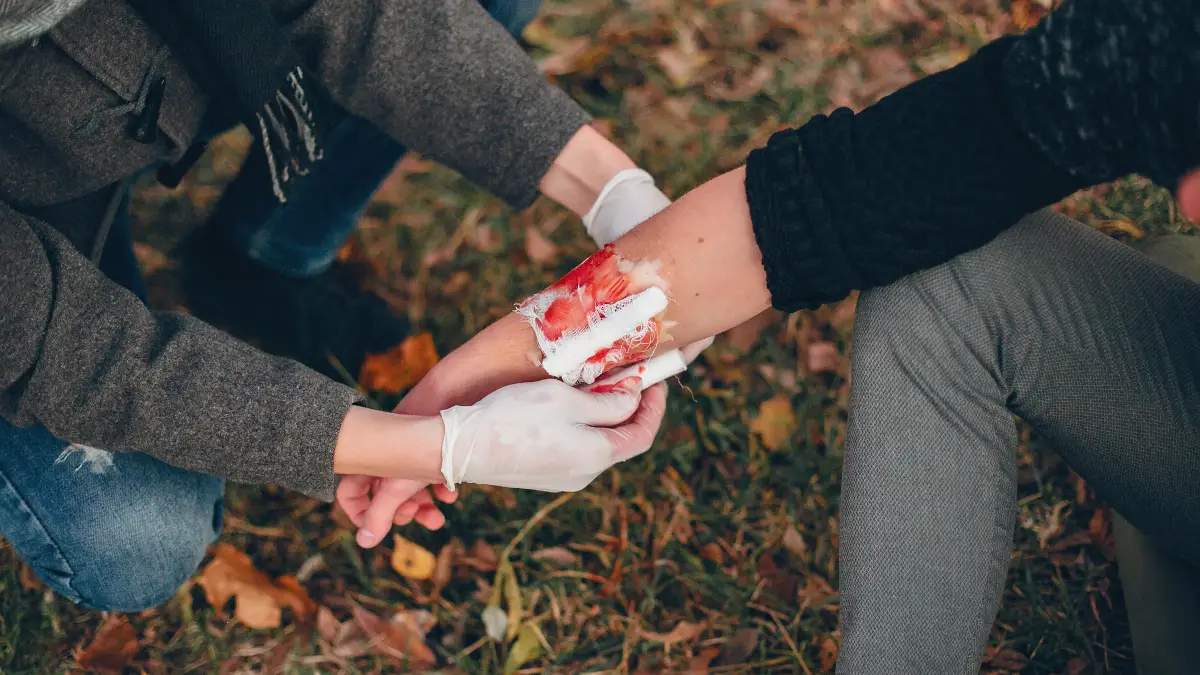
Blood’s pooling fast. The person’s turning pale. You have minutes, maybe less. Your wilderness first aid knowledge determines if they live.
The American Red Cross insists at least one household member should be trained in first aid and CPR because professional help takes time to arrive—time victims don’t have.
The 2024 data proves this: first aid training increases survival rates by 70%. Hurricane survivors who knew wound care prevented infections that killed others days later.
Focus on the “Big 3” killers that emergency medical skills must address:
Severe bleeding kills in 3-5 minutes. Forget the old pressure point nonsense. Go straight to the source. Direct pressure with your hand, then packing the wound with cloth (even shirts work).
If blood soaks through, don’t remove the cloth—add more on top. Tourniquets aren’t last resorts anymore. Use them immediately for arm or leg injuries with spurting blood.
Place it high and tight, two inches above the wound. Write the time on their forehead. Yes, really. Breathing problems need immediate action. Clear the airway first—finger sweep visible obstructions.
Tilt the head back, lift the chin. 30 chest compressions (hard and fast, 2 inches deep), then 2 rescue breaths. Don’t stop until help arrives or you physically can’t continue.
Compressions alone are better than nothing if you’re not trained in rescue breathing. Shock kills slowly but surely. Lay them down, elevate legs 12 inches (unless head, spine, or leg injuries).
Keep them warm with anything available—coats, emergency blankets, even newspapers. Don’t give water if they’re unconscious or have abdominal injuries. Talk to them constantly. Mental connection fights shock better than you’d think.
Master these survival first aid training techniques for common disasters:
Hypothermia strikes when body temperature drops below 95°F. Shivering stops, confusion, slurred speech. Gentle warming, dry clothes, warm (not hot) drinks if conscious. Never rub frostbitten areas—you’ll cause more damage. Warm them slowly from the core outward.
Heat exhaustion progresses to deadly heat stroke fast. Cool them immediately—shade, water on skin, fanning. Small sips of water if conscious. If they stop sweating in heat, that’s heat stroke—a true emergency requiring aggressive cooling.
Improvise medical supplies when kits aren’t available. Duct tape closes wounds. Super glue seals small cuts. Tampons pack bullet wounds (they’re designed to absorb blood).
Plastic wrap covers burns and seals sucking chest wounds. Credit cards seal puncture wounds with tape. Belts become tourniquets. T-shirts become bandages.
Know when to move victims versus stabilizing in place. Only move for immediate danger (fire, flooding, collapse). Otherwise, spinal injuries and internal bleeding get worse with movement. TFirst, do no harm.
6. Signal for Rescue Effectively
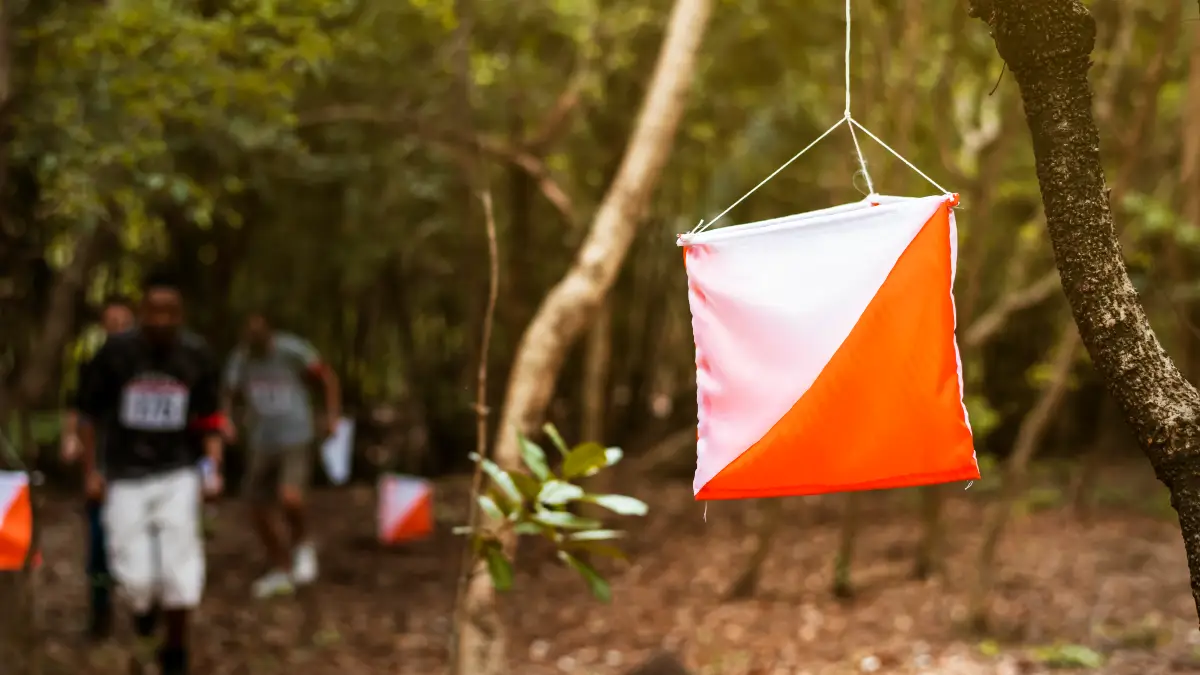
You’re stranded. Rescue teams are searching. But they’ll pass right by if you don’t know emergency signaling methods. Military data shows proper signaling reduces rescue time by 80%.
The American Red Cross calls signaling your lifeline in emergencies. 67% of survivors were located through intentional signals, not random searching. Those who signaled lived. Those who didn’t often died waiting.
Universal distress signals work because everyone knows them:
Three fires, three whistle blasts, three gunshots, three rock piles. Space them evenly in a triangle if possible. This pattern screams “help” to trained rescuers. Nature doesn’t make perfect triangles or sets of three.
Mirror signaling reaches farther than any other daytime method. A simple CD or phone screen works. Hold it near your eye, extend your arm, create a V with your fingers. Put the target (plane, helicopter) between your fingers.
Tilt the mirror until light flashes through the V. Sweep the horizon even without visible aircraft—pilots see flashes from miles away.
Ground-to-air symbols communicate specific needs:
Large X means need medical help. Arrow points to your direction of travel. F means need food and water. Triangle means safe to land here. Make them 10 feet minimum, using rocks, logs, or trenches in snow. Contrast matters more than perfection—dark on light or light on dark.
Smoke signals work day and night with different techniques. Daytime needs dark smoke—burn rubber, oil, or fresh green vegetation. Night requires bright fire—dry wood burns cleanest.
Three separate fires in a triangle pattern combines both signal types. Space them 100 feet apart if possible.
Modern rescue signals multiply your chances:
The Baofeng UV-5R radio reaches 30+ miles in good conditions. 121.5 MHz (aircraft emergency), 156.8 MHz (marine emergency), 146.52 MHz (wilderness emergency).
Even without knowing protocol, repeatedly stating “Mayday” with your location saves lives. Personal Locator Beacons (PLBs) guarantee rescue if you can afford one.
Press the button, satellites pinpoint your location, rescue launches immediately. The ACR ResQLink weighs 5 ounces and works worldwide. Worth every penny if you regularly venture into remote areas.
Improvised signals using available materials work too. Spell SOS or HELP with rocks or logs. Flash car headlights in patterns. Use whistles (three sharp blasts, wait, repeat). Bang metal objects rhythmically.
Anything that seems unnatural catches attention. The biggest signaling mistake? Giving up too soon. Keep signaling even after aircraft pass. Pilots report sightings, triggering ground searches. Your job is making yourself impossible to miss when they return.
7. Develop Unbreakable Mental Resilience
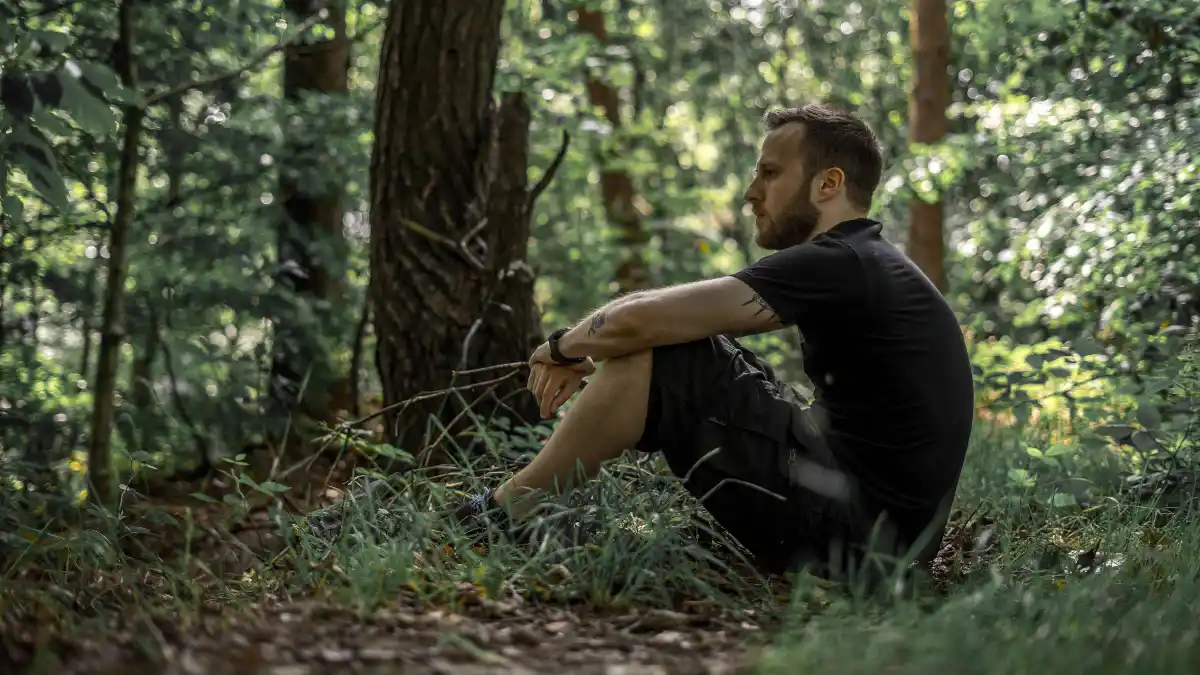
Your mind quits before your body does. That’s what kills most people in survival situations—not cold, thirst, or hunger, but giving up.
The British Psychological Society’s research revealed a harsh truth: 80% of people experience cognitive paralysis in crisis. They freeze, unable to think or act. Another 10% panic and make things worse.
Only 10% respond effectively. Bear Grylls knows this, saying “mental preparation is just as important as physical.” Your survival psychology determines whether you join the 10% who survive or the 90% who don’t.
Understanding the 10-80-10 rule changes everything about crisis mindset:
You’re not weak if you freeze initially—it’s normal brain chemistry. Stress floods your system with cortisol, shutting down complex thinking. Your working memory shrinks.
You can’t access your knowledge. That’s why trained soldiers still freeze in first combat. The difference? They’ve prepared for this mental shutdown. Sit down immediately to prevent panic running.
Think about your actual situation, not imagined horrors. Observe your surroundings and resources. Plan your next three actions only—not your entire rescue. Small steps prevent overwhelm. This simple framework restarts your frozen brain.
Stress inoculation builds mental resilience training before you need it:
Start small. Practice fire-making in rain when you’re already cold and frustrated. Navigate at night when you’re tired. Build shelters with deadlines. Each controlled stress exposure strengthens your mental response. Your brain learns “I’ve handled this before” instead of “I’m going to die.”
Military SERE training uses this principle. Trainees face increasing discomfort—cold, hunger, confusion—while maintaining performance. Not torture, but measured stress that builds capability.
You can create similar training. Camp without a tent. Skip meals during hikes. Practice skills when exhausted.
Hope lives in small goals, not rescue fantasies:
I’ll gather firewood for 10 minutes. I’ll improve my shelter before dark. These tiny victories maintain psychological momentum. Each success proves you’re capable, fighting the helplessness that kills motivation.
Survivor accounts consistently emphasize this pattern. They didn’t think about rescue dates or home. Making tools, improving shelter, finding water. One woman survived 11 days by promising herself she’d live until her daughter’s birthday—then setting another date when that passed.
Group dynamics multiply survival chances.
Leaders emerge through action, not appointment. Take charge of one task—fire, shelter, water—and others follow.
Assign everyone jobs, even small ones. Busy people don’t panic. Share decisions when possible. Dictatorships create resentment, but someone must coordinate efforts.
The most dangerous group member isn’t the panicked one—it’s the person spreading hopelessness. Address negativity immediately but compassionately. They’re scared, not evil. Give them important tasks to rebuild their confidence.
Mental preparation starts now, not during emergencies. Visualize scenarios and your responses. Build physical fitness—strong bodies support strong minds. Practice mindfulness to recognize and control fear responses. Accept that discomfort won’t kill you.
Most importantly, decide now that you’ll be the 10% who acts, not the 80% who freezes.

